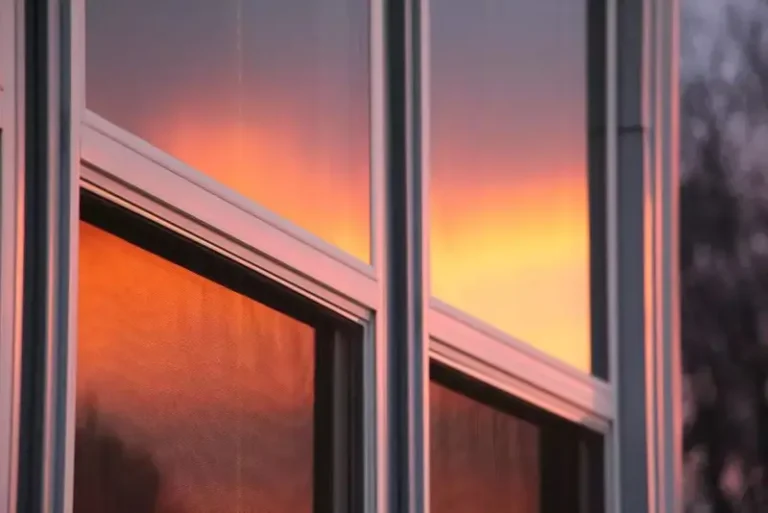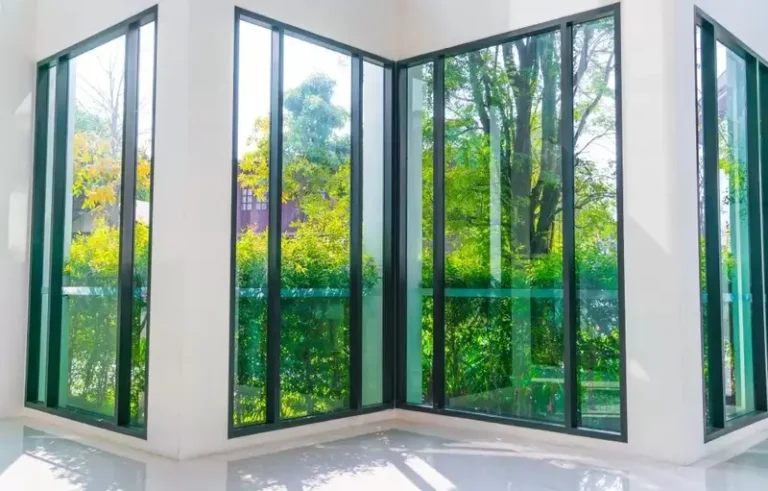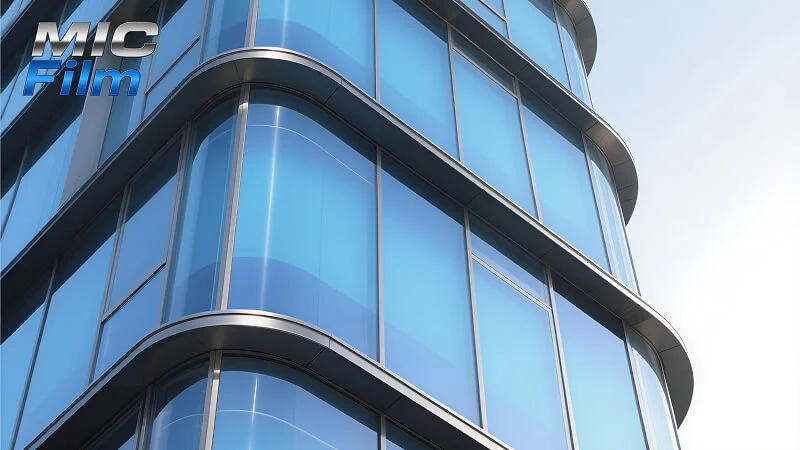The key advantage of architectural window tinting film is that it creates a private atmosphere, concealing the interior from prying eyes while still allowing you to admire the view from the window. Furthermore, in addition to the benefits already mentioned, these films allow you to comfortably work on your computer without distracting glare. The decorative properties of these films are not limited to the addition of a specific color shade; they can also be printed with photos or other designs.
The advantages of architectural films are obvious when used to tint sunny windows. However, if your windows face north or are shaded by trees, window tinting is likely inappropriate. Another important consideration before deciding on a film is that it slows down the sun’s heat transfer to the room in winter.










